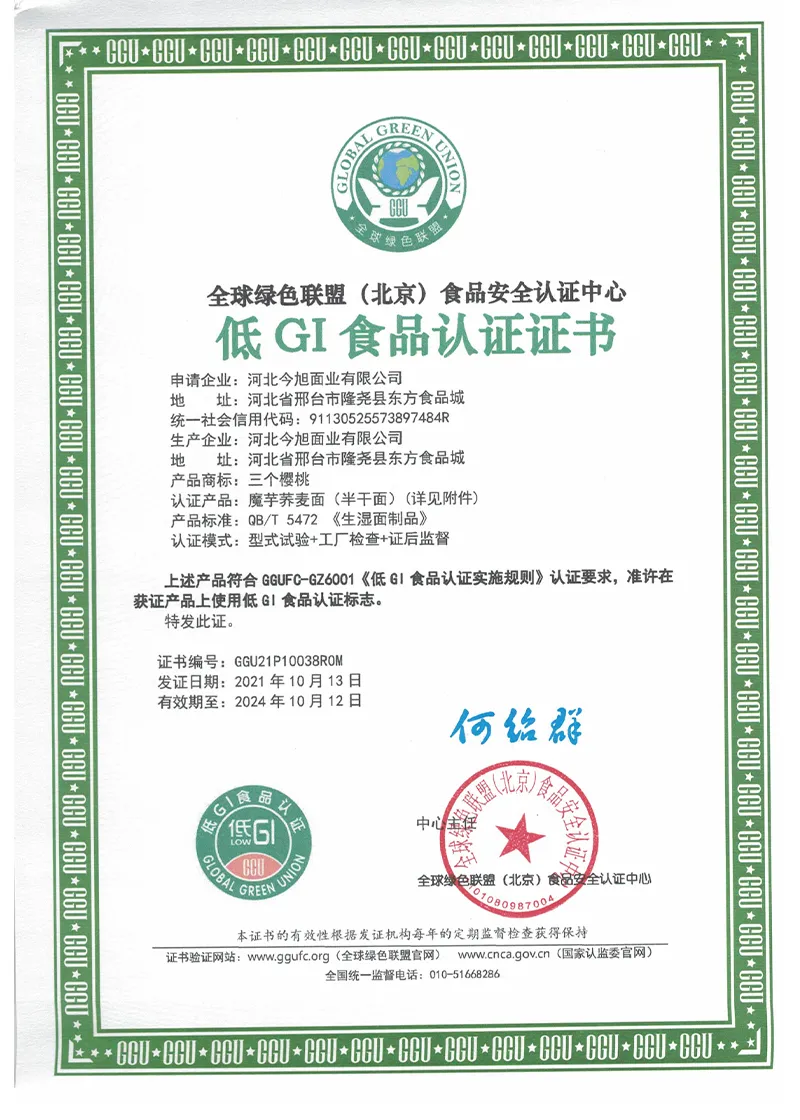wheat pasta noodles
Exploring the World of Wheat Pasta Noodles
Wheat pasta noodles have long been a staple in many cuisines around the globe. These beloved foods, ranging from the classic spaghetti to the unique shapes of farfalle and fusilli, are not only delicious but also rich in history and cultural significance. In this article, we will explore the many facets of wheat pasta noodles, from their origins and production to their nutritional benefits and culinary versatility.
Historical Background
The origins of wheat pasta can be traced back thousands of years to ancient civilizations. While some historians believe that the first pasta-like foods were made by the Chinese around 5000 BCE, it was the Mediterranean cultures, particularly the Italians, who popularized the wheat-based noodles we know today. The first documented use of pasta in Italy dates back to the 12th century. It is believed that the Arabs introduced dried pasta to Sicily, which allowed for longer storage and travel, thus increasing its popularity.
Production of Wheat Pasta Noodles
The process of making wheat pasta involves a few simple but essential ingredients wheat flour (usually durum wheat), water, and sometimes eggs. Durum wheat, known for its high protein content and gluten strength, provides the perfect texture for pasta. The production process begins with mixing the flour and water to form a dough, which is then kneaded until smooth. After resting, the dough can be rolled out and cut into various shapes or formed into specific types such as lasagna sheets or ravioli.
Commercial pasta production involves more advanced techniques. Industrial machines streamline the process, allowing for mass production while maintaining quality. This includes the use of bronze or Teflon dies, which affect the pasta's surface texture and how well it holds sauces. Dried pasta is then packaged and shipped worldwide, making it accessible to home cooks and professional chefs alike.
Nutritional Benefits
wheat pasta noodles

Wheat pasta offers several nutritional benefits, making it a popular choice for health-conscious individuals. One of the primary benefits is its carbohydrate content, which is a vital source of energy. When consumed as part of a balanced meal, pasta can help sustain energy levels throughout the day.
Additionally, whole wheat pasta is a great source of dietary fiber, which aids in digestion and promotes a feeling of fullness. This can be particularly beneficial for those managing their weight. Whole grain varieties also contain essential vitamins and minerals, such as B vitamins, iron, and magnesium.
However, it is essential to be mindful of portion sizes and preparation methods. Pairing pasta with a variety of vegetables, lean proteins, and healthy fats can enhance its nutritional profile and create a well-rounded meal.
Culinary Versatility
One of the most exciting aspects of wheat pasta noodles is their culinary versatility. They can be used in countless dishes, from traditional Italian fare like carbonara and marinara to Asian-inspired stir-fries. The key to a successful pasta dish lies in the sauce and ingredients used. Tomato-based sauces, creamy sauces, or even simple olive oil and garlic can turn a basic pasta meal into a gourmet experience.
Moreover, pasta can easily adapt to different dietary preferences. Gluten-free options, made from alternative flours such as rice or quinoa, offer delicious alternatives for those with gluten sensitivities. Regardless of dietary restrictions, pasta remains a beloved comfort food in many households.
Conclusion
Wheat pasta noodles are more than just a simple carbohydrate; they are a fascinating part of our culinary heritage. With their rich history, nutritional benefits, and adaptability in the kitchen, it's no wonder that pasta continues to be a beloved staple across cultures. Whether you're enjoying a classic spaghetti dish or experimenting with new recipes, wheat pasta noodles offer something for everyone. As we continue to explore the world of food, one thing is for sure pasta will always have a place at the table.
-
Unleash Your Inner Chef with Delectable Italian Pasta CreationsNewsAug.01,2025
-
Savor Health and Flavor: Irresistible Soba Noodles for Sale Await!NewsAug.01,2025
-
Nourish Your Body with Premium Organic Ramen - A Culinary Delight AwaitsNewsAug.01,2025
-
Elevate Your Dishes with Our Exquisite Kinds of Egg NoodlesNewsAug.01,2025
-
Dive into Flavorful Convenience with Our Ramen OfferingsNewsAug.01,2025
-
Discover Exquisite Types of Naengmyeon and Chilled Soba NoodlesNewsAug.01,2025
-
Is Whole Wheat Pasta Healthy?NewsMay.30,2025
Browse qua the following product new the we

















































































































